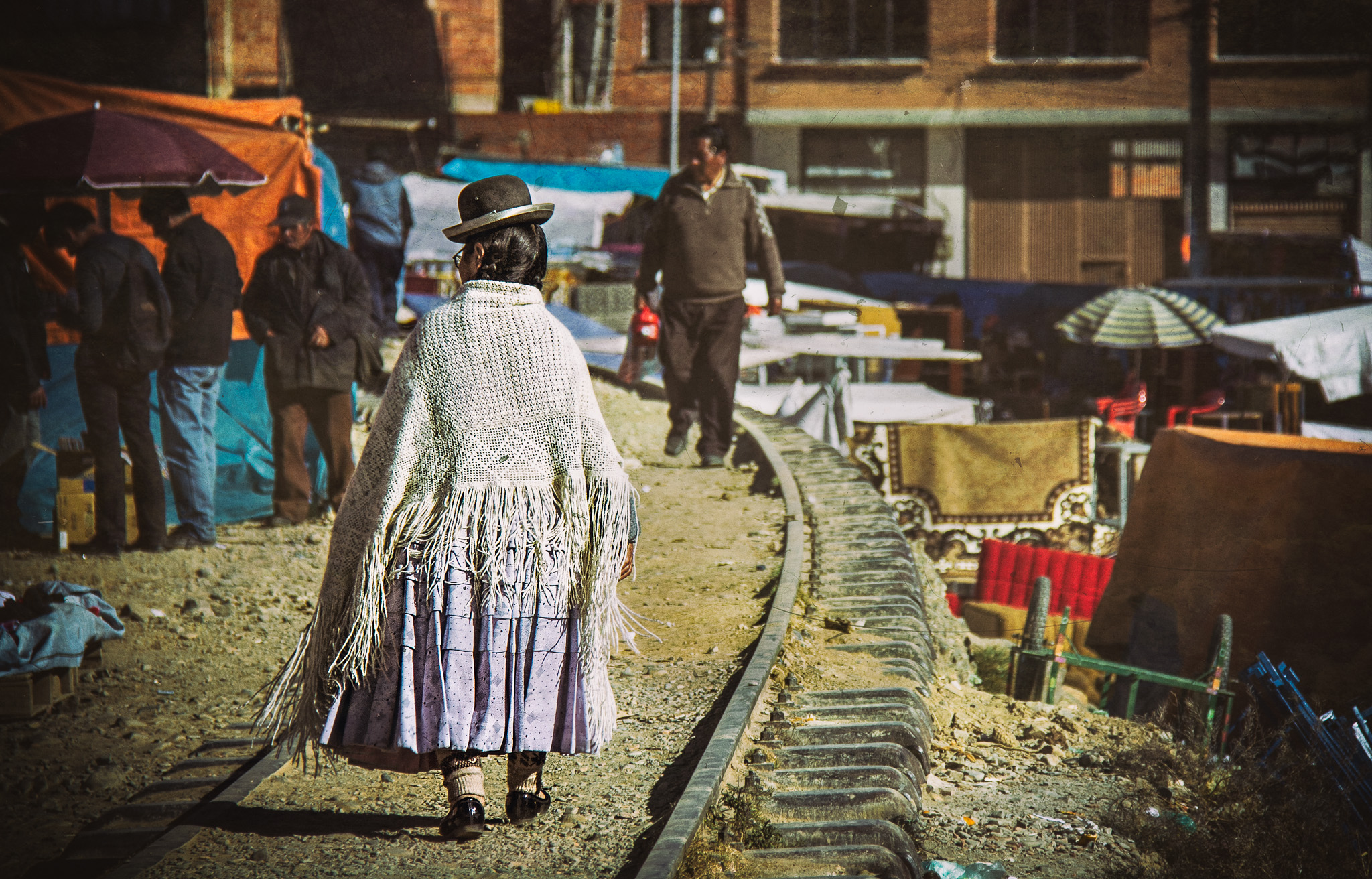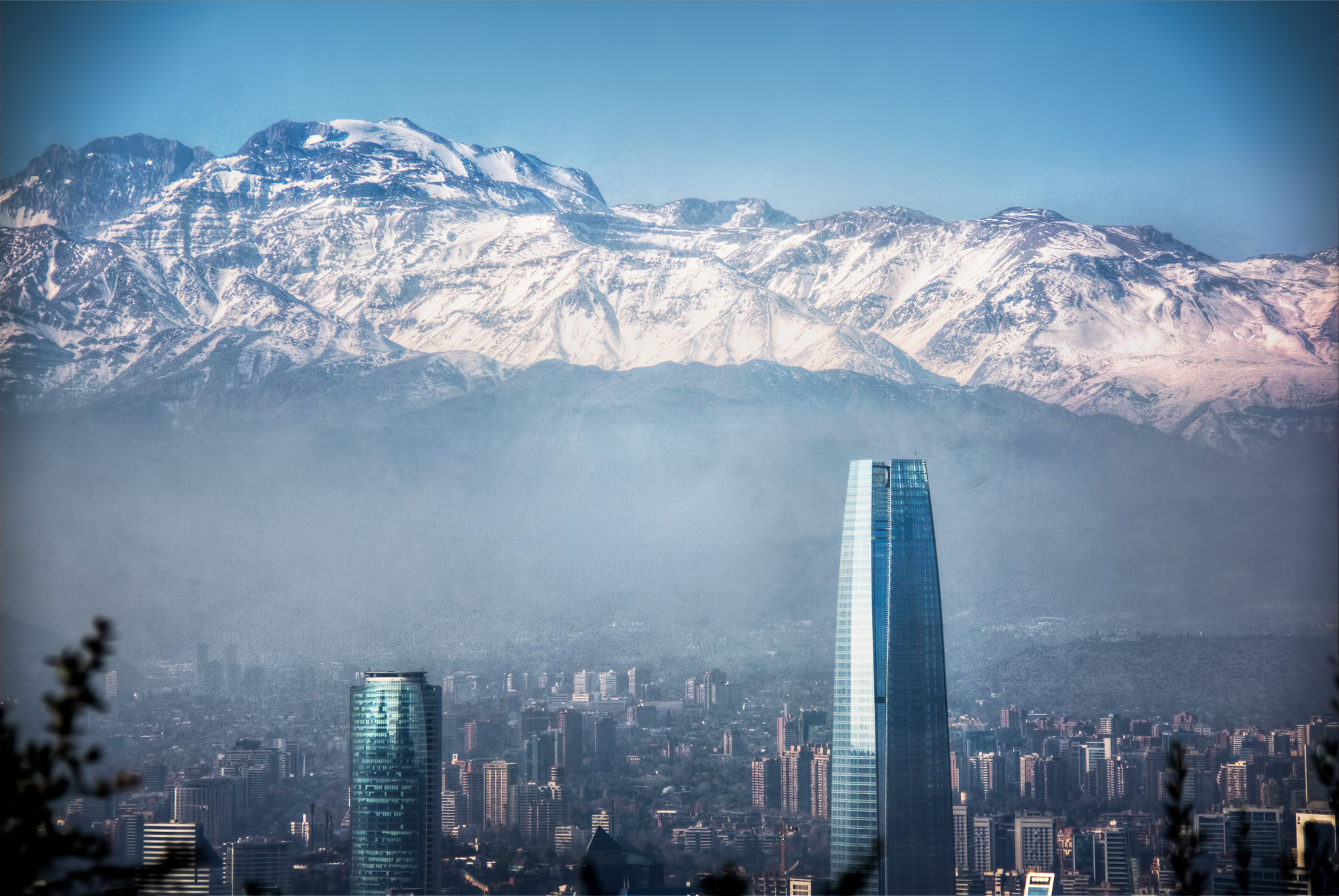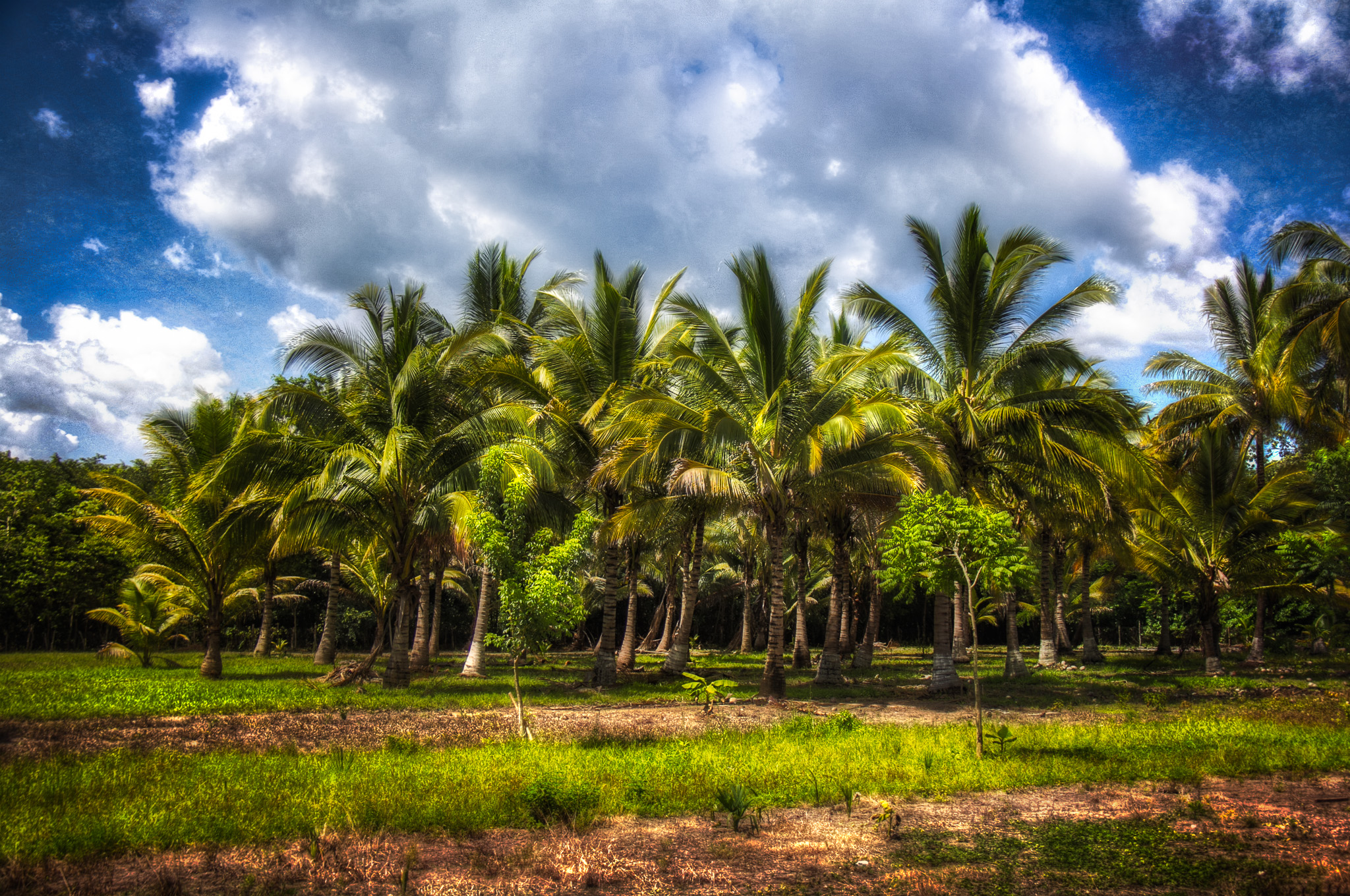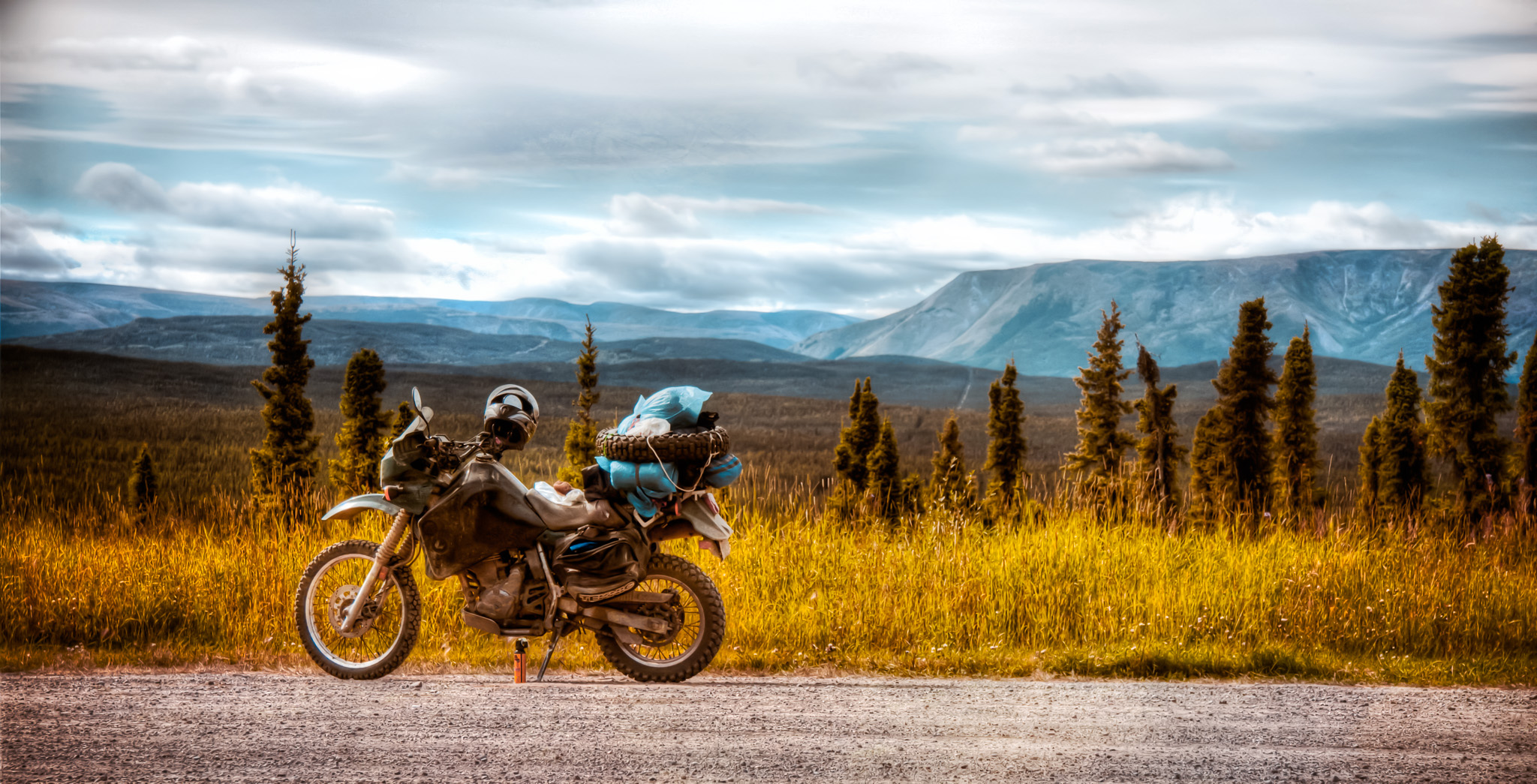I love strolling around markets! Partly because I find them interesting as an economist and maybe partly because as a kid I’ve been constantly dragged to bazaars and various food markets all over my hometown. I’ve been lucky enough to wander around markets in many parts of the world. A big general market and a sunday animal market in Kashgar come to mind as something special. But they’re definitely not my favourites. The so called black market in Ulan Bator, small food markets in Bosnia and Croatia, various markets around Mexico are all a lot of fun. What differentiates them is not only what is being traded but of course the people who trade. I’m not the most chatty person and am often on a quiet side but depending on my mood and a place I do feel the need to integrate beyond the basics. I speak at least one language from each of the latin, slavic and turkic language families which allows for at least very basic communication with the locals. It’s amazing how far can basic knowledge of a language go and how similar two languages can be. For example, to my own amazement my crappy command of turkish was enough to hold an insightful conversation with a local music teacher in a shack in Kashgar (Uyghurs speak a turkic language). Though sometimes my rehearsed phrases in Croatia got me in trouble and made me appear more fluent than I actually am, so pretty quickly I couldn’t keep up with chatty locals.
These photos are from a market in La Paz, or El alto to be more precise. It’s the highest market I’ve ever been to at 4100 metres above sea level. It’s no doubt the market with the best view and sometimes that on its own was enough to consume all of my attention (maybe it’s also the lack of oxygen). It’s unbelievable what you could find that high in the mountains, from korean music to chips for your motherboard to Chevy camaros. Some things are legit, some are stolen and of course if you look in the right places you can find a bunch of illegal things too (I’ll let your imagination play here). The amount of things being traded is overwhelming, it’s Adam Smith’s invisible hand at play, and a free market advocates’ playground with no government intervention, regulations or taxes. Except it’s not … because It’s Bolivia. I’ve been lucky enough to stay with some of the most intelligent people in Bolivia (probably the most educated). They’ve interestingly pointed out that where the government is weak the civil society is pretty strong. So in a way it is a free market with Adam Smith’s invisible hand but (not so free after all) with Marxist defence of a class. Who gets into these markets is not always straight forward. The entrance of bigger electronic firms like Sony is a good example where they couldn’t just come and open shop, civil society had a say in it collectively as to what the terms would be and who is allowed to sell.
If you think about it even for a little bit it’s pretty amazing. This community organization doesn’t stop with economics. Though there is a country level judicial system a lot of judgement is passed without government involvement. What constitutes a crime, who and how is a person punished is decided by a community. I’ve heard of a story where a female foreign worker in a community was harassed by one of its members. It was decided to tie him to a tree and let insects have their way, I’ll let your imagination go wild again ! Passing through one other community there was a sign that said “The thief will be found and burnt as punishment”. Whether this was the “official” community announcement or unfounded threat I don’t know, but either way the organizational power and strength of civil society in Bolivia is truly incredible. If you factor in the cultural diversity (there are around 35 indigenous languages) it becomes a significant challenge to understand … but oh so interesting.

























